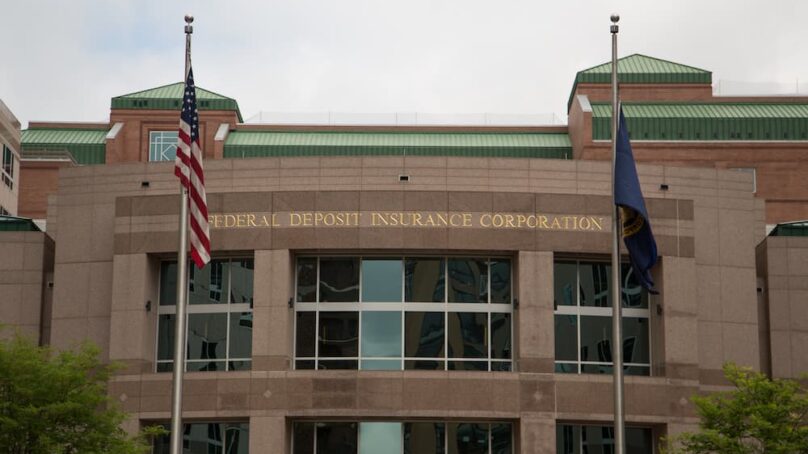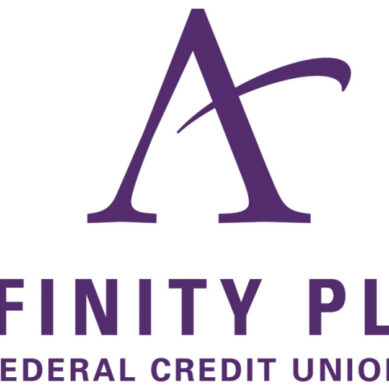
This article was originally published on CUCollaborate
The number of Americans who were “unbanked” in 2021 fell to a record low—partially because they needed to do something with the pandemic-related assistance they received, the FDIC said in a report issued last week.
In 2021, an estimated 5.9 million U.S. households (4.5%) did not have an account at either a credit union or bank—a drop from 7.1 million in 2019, the agency revealed.
FDIC officials said the decrease demonstrates the importance of “bankable moments.” Among recently banked households receiving a government benefit during the pandemic, 45% said the payment they received contributed to their decision to open a bank account.
Background on the survey
The FDIC has conducted its unbanked survey since 2009. The data was collected as part of a supplement to the Current Population Survey (CPS) for June 2021. The CPS is a monthly survey of about 58,000 households conducted by the Census Bureau for the Bureau of Labor Statistics.
The survey does not, however, provide details about whether consumers are using banks or credit unions.
Broader takeaways
“During the pandemic, consumers opened bank accounts to access relief funds and other benefits quickly and securely,” said FDIC Acting Chairman Martin Gruenberg. “Safe and affordable bank accounts provide a way to bring more Americans into the banking system and will continue to play an important role in advancing economic inclusion for all Americans.”
Gruenberg added that the results highlight the importance of making it easy for people receiving benefits or starting a new job to open a bank account.
Further insight
The FDIC additionally reported that:
- 14.1% of households were “underbanked,” meaning they had a bank account but also used nonbank products or services.
- Unbanked rates remained higher for minorities. In 2021, 2.1% of White households were unbanked, compared with 11.3% of Black households and 9.3% of Hispanic households. Still, those numbers are lower than two years ago, when 2.5% of White households were unbanked, opposed to 13.8% of Black and 12.2% of Hispanic households.
- The use of mobile banking continued to increase. In 2017, 15.1% of households used mobile banking; that figure grew to 43.5% in 2021.
- About 21.7% of unbanked households said they did not have a bank account because they did not have enough money to meet the minimum balance required.
- The use of nonbank financial services, such as check cashing or payday loan services, continued to decline. In 2017, 7.4% of unbanked households had at least one nonbank credit product, such as a payday loan. That figure dropped to 4.4% in 2021.






























































